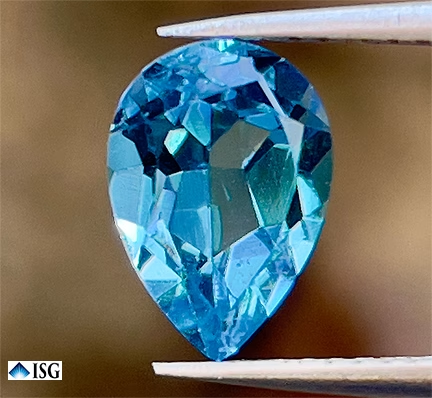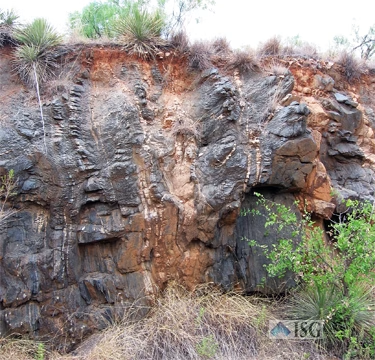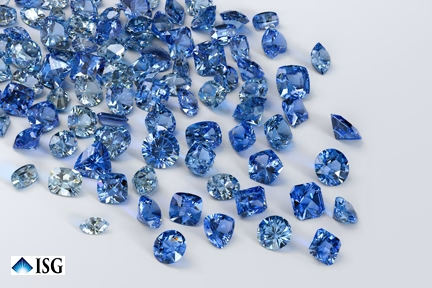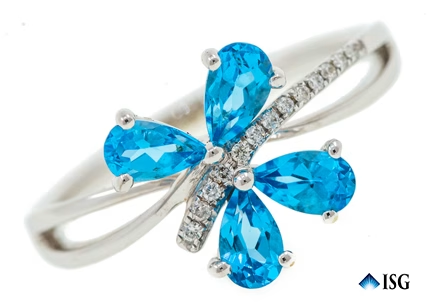Please sign in first
Not a member?

- Home
- Online Education Programs
- ISG Journey Thru Gemology
- ISG Credentials
- Legacy Entrance
- Frequently Asked Questions
- Registry of Graduates
- Careers in Gemology
- Important Program Information
- About the ISG
- Why is the ISG Tuition So Low?
- Testimonials of ISG Students and Graduates
- Meet Your Instructor for your ISG education
- ISG Best Online Gemology School
- Graduate Support Programs
- Ishihara Color Vision Test
- Privacy Policy
- Newsletters
- The Story of Ruby
- Turquoise Investigation by the ISG
- The Story of Petrol Quartz
- Top 5 Myths About Jewelry Insurance Appraisals
- The Story of Time
- The Story of Freshwater Pearls
- The Story of Agates and Jaspers
- Susan Bailey v. Frantz Jewelers, et al.
- The Story of Blue Topaz
- The Story of Tibet Andesine
- The Story of Oregon Sunstone
- The Story of Created Moissanite
- Identifying Lab Created Diamonds
- Black Diamond or Created Moissanite?
- Ebay, the GIA, and Section 230
- Lessons From the Angry Janitor
- Exposing the Truth about Lab-Created Diamonds
- AGTA Hobbles Dealers and Buyers
- Appraisers -v- Gem Labs…a Legal Imbalance!
- Understanding the Classification of Diamonds
- Cremation Diamonds: Insuring and Litigating
- Let’s Talk About Gemology Credentials
- Hometown Jewelers and the Force Majeure Clause
- Following the Critical Angle of Diamond Grading
- When Breitling Brought the Airmen Home
- Let’s Open a Refractometer
- Measuring the Energy of Light
- Quick Reference Guide to Sunstone
- ISG Seeing the Invisible Light
- Contact Us
The Story of Blue Topaz
ISG: The Story of Blue Topaz
 It is one of the failures of our industry that new gemstones can be introduced into the market without proper testing and verification. While new gem materials create excitement and grow markets, they can also create chaos due to a lack of vetting and oversight. Blue topaz is no exception. Although quite rare in nature, in the late 1970s, a huge influx of blue topaz flooded the market. As usual, our industry jumped on the bandwagon of profits rather than asking why a massive influx of what was otherwise a rare gemstone was suddenly in the market. This is the story of Blue Topaz.
It is one of the failures of our industry that new gemstones can be introduced into the market without proper testing and verification. While new gem materials create excitement and grow markets, they can also create chaos due to a lack of vetting and oversight. Blue topaz is no exception. Although quite rare in nature, in the late 1970s, a huge influx of blue topaz flooded the market. As usual, our industry jumped on the bandwagon of profits rather than asking why a massive influx of what was otherwise a rare gemstone was suddenly in the market. This is the story of Blue Topaz.
While natural blue topaz is quite rare, it does exist in various places around the world. One of the most notable is right here in Texas, of all places. I say that because Texas is not known as a major source of gemstones because of its geologic nature. However, the area around Mason, Texas, has billion-year-old metamorphic rocks containing pegmatite dikes intruding into the host rock that produces blue topaz, as seen below from one of our ISG field trips. The white areas in the black rock are the pegmatite intrusions containing blue topaz crystals.

 Blue Topaz is the official gemstone of the State of Texas, as seen on the left, from our ISG Student Reference Collection.
Blue Topaz is the official gemstone of the State of Texas, as seen on the left, from our ISG Student Reference Collection.
In the late 1970s, the market was suddenly flooded with a huge amount of blue topaz of various colors. These were termed sky blue for the lightest colors, Swiss blue for the medium colors, and London blue for the dark colors. This sudden influx of blue topaz produced consternation for many aquamarine dealers because of the close proximity of the colors to aquamarine and relatively low prices as compared to aquamarine.

But as usually happens in our industry, when a new gemstone is introduced into the market and there’s a big demand for it, everyone wants to jump on the bandwagon. Unfortunately, no one stopped to ask questions about why blue topaz was suddenly available in such huge quantities.
All of this came to an abrupt halt when blue topaz dealers and customers alike started reporting radiation burns.
As it turned out, much of this new blue topaz…was radioactive. Once again, our failure to vet new gemstones on the market ended up biting us in the heiny.
The Radiation Process
Colorless topaz crystals can be found in very large sizes, but there’s very little market for colorless topaz. So, some enterprising gem miners in Brazil found that they could put that colorless topaz into one of the nuclear reactors located nearby and ZAP it with some neutron radiation to knock out color holes in the crystal lattice. This turned the colorless topaz to a dark brown, which could then be heated at kitchen oven temperatures to turn this beautiful blue. Early in 1980, I talked one of the Brazilian dealers into sending me some of this topaz from the nuclear reactor that had not yet been heated. I was able to put them in my kitchen oven at about 375° and they indeed turned a beautiful blue. The archive photograph of this is seen below. To this day, I am not sure how radioactive those topaz were. Yikes!

Topaz straight from the nuclear reactor (left), and after heating in my kitchen oven.
The U.S. Nuclear Regulatory Commission Steps In
At some point in the early 1980s, the United States Nuclear Regulatory Commission took over the distribution of blue topaz in the United States and to this day continues to require an NRC Certification for blue topaz importers. You can read the 1990 edition of their requirements for the import and distribution of Blue Topaz at this link:
Information Notice No. 90-62: Requirements for Import and Distribution of Neutron-Irradiated Gems
This was all scary stuff back then, but today, there’s no need to worry. The Nuclear Regulatory Commission strictly enforces regulations regarding the importation of blue topaz and has provided an information page, which is available at the following link.
NRC Backgrounder on Irradiated Gemstones
 Today, blue topaz is a very popular gemstone that offers beautiful, affordable colors. The most important part of this story for the hometown independent retail jeweler is that blue topaz can provide a precious revenue stream for customers who love colored gemstones but have limited disposable income due to the current economy.
Today, blue topaz is a very popular gemstone that offers beautiful, affordable colors. The most important part of this story for the hometown independent retail jeweler is that blue topaz can provide a precious revenue stream for customers who love colored gemstones but have limited disposable income due to the current economy.
With its relatively low per-carat price and wide variety of color options, blue topaz should be a serious contender for every retail jewelry store showcase for all gift-giving seasons.
International School of Gemology